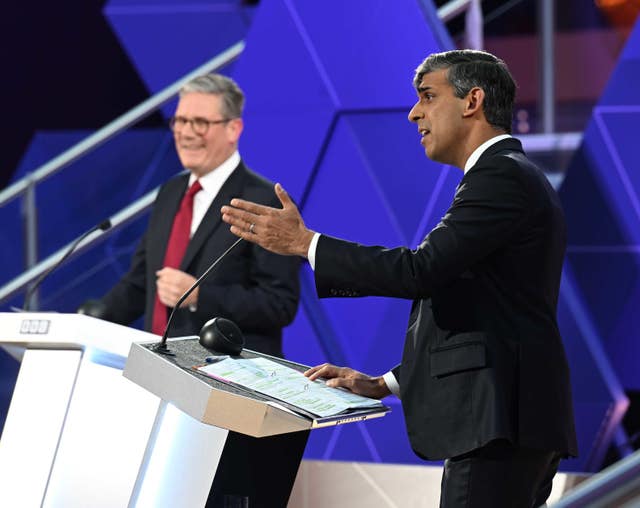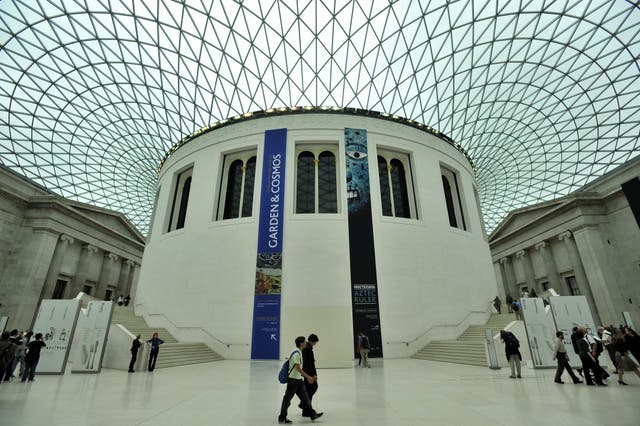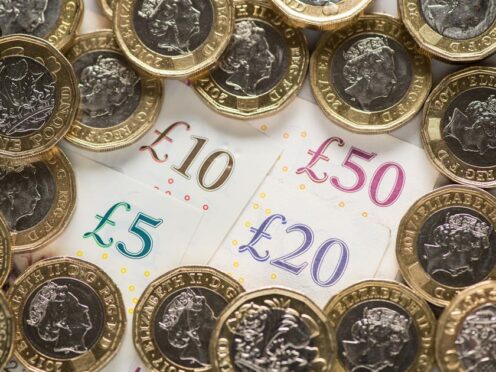More than 20 organisations have united to provide policy recommendations for the next Government to create a more “sustainable” visual arts sector.
The collective have put together a manifesto to help the next government to support and invest in the sector, which it says provides a “critical role” in the UK’s creative industries.
It comes ahead of the General Election on July 4, which will lead to the formation of a new government for England, Scotland, Wales and Northern Ireland for up to five years.

Short-term proposals in the manifesto include establishing a Smart Fund to create collective licensing revenue for artists when their works are created, shared or distributed, as well as appointing a Freelancer Commissioner to act as an advocate for the group within the Government.
Long-term goals focus on incorporating exhibition fees into copyright law and providing financial stability for disabled artists to encourage their participation in the arts.
The manifesto also calls for a national curriculum that fosters creativity, advocates for the integration of visual literacy at Key Stage 2 and ensures every school child visits a cultural organisation annually.
Recognising the international influence of the UK’s visual arts sector, the organisations have urged the Government to implement a creative and cultural agreement with the EU and “rejoin Creative Europe”.
It wants to protect free entry to museums and galleries, and to promote philanthropy through tax incentives to provide long-term income which is not reliant on the Government.
The recommendations also note the need for sustainable investment in visual arts spaces, with a short-term goal to expand Museum Gallery Exhibition Tax Relief and reduce emissions “associated with freighting, storing and exhibiting objects”.

In the longer-term, it suggests investing in affordable studios and artist-run spaces, and exploring the potential of a “tourist levy to fund culture”.
“Our collective manifesto outlines the key areas where the UK Government can take action to create a more sustainable visual arts sector,” the group said.
A group of 21 organisations collectively outlined the manifesto, including the Design & Artists Copyright Society (Dacs) and the Contemporary Visual Arts Network (Cvan).
Christian Zimmermann, the chief executive of Dacs, said: “The visual arts sector, contributing £49 billion to the UK economy alone, is a powerhouse of creative innovation, job creation, tourism and soft power.
“However, many visual artists, predominantly freelancers, are among the lowest earners in the creative industries. The manifesto calls for fairer pay and improved support structures for these essential workers.”
The chief executive of Cvan, Paula Orrell, said: “This united call to action underscores the urgency for the UK government to engage with the visual arts and visual artists to create a sustainable and thriving visual arts sector.”
